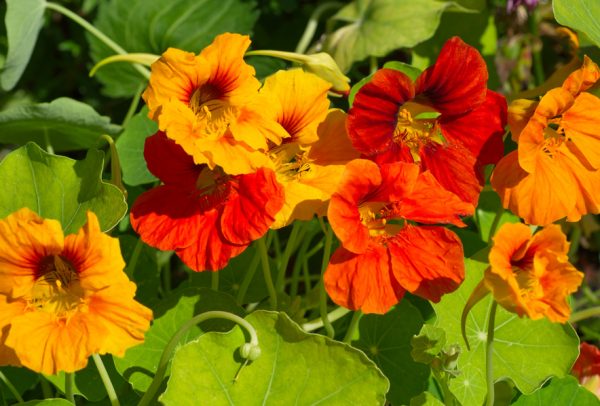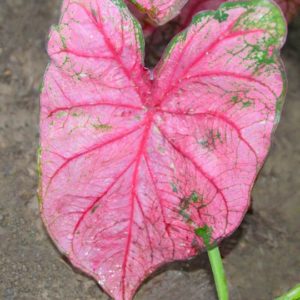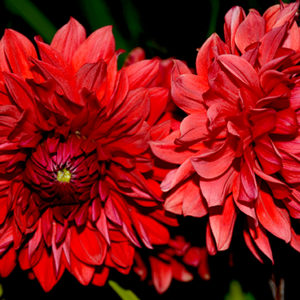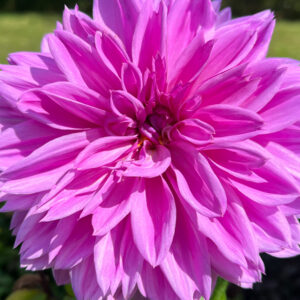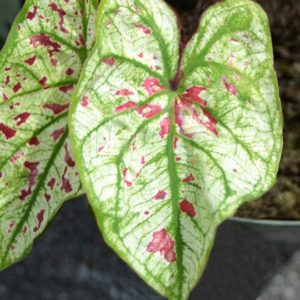Description
Nasturtiums, also known as Indian Cress or Flame Flower, are annuals, native to Columbia, Bolivia and Peru where they grow as perennials. They were discovered by the Spanish conquistadors and brought to Spain in the sixteenth century. The first nasturtiums brought to Europe were a variety, Tropaeolum minus, which produced a small yellow flower with a purple blotch. This nasturtium is now very rare. The more familiar nasturtiums, Tropaeolum majus, were introduced in the 1600’s and gained almost instant popularity for their ability to hide almost anything with their climbing habit. Nasturtiums also quickly established themselves as a culinary delight – their seeds, when cured in vinegar, could be used as capers and their peppery flavored leaves and flowers used in salads. The double varieties of Nasturtium were developed in Italy in 1769. The dwarf varieties were developed in the late 19th century. Nasturtiums were introduced into the United States by Bernard McMahon in 1806. As in Europe, they quickly gained popularity because their climbing habit could camouflage nearly everything. Joseph Breck in his 1851 book, The Flower Garden, describes the Nasturtium in this way, “Tropaeolum, from tropaeum, a trophy. – The leaf resembles a buckler, and the flower an empty helmet, of which trophies were formed…Tropaeolum majus. – Nasturtium – This is a well known ornamental annual, of easy cultivation. It flowers best in a light soil. It looks well trained to a trellis, or over a wall. The flowers are rich orange, shaded with crimson and various colors; the variety with crimson or blood-colored flowers makes a fine contrast with the orange. The seeds are used as a substitute for capers, and the flowers sometimes eaten as salads.” The Empress of India Nasturtium was developed by Burpee and introduced in 1884. This dwarf variety with its striking vermilion flowers and dark blue-green foliage was an instant success. The Golden Gleam Nasturtium was discovered in 1931 outside of a Mexican convent by John Bodger. Golden Gleam was the first semi-double nasturtium ever identified. Bodger cultivated the plant and eventually made it available to the public. It remains one of the most popular Nasturtiums ever developed. The Canary Creeper Vine is also a variety of Nasturtium, Tropaeolum peregrinum. Canary Creeper is native to Ecuador and Peru and was discovered in the early 1800’s. The plant was a popular cottage garden flower in the United States as far back as the mid-19th century. John Buist was offering seeds for sale as early as 1839. Joseph Breck describes the plant in this way, “Canary Bird flower. – This is a beautiful climber, known as the Canary Bird flower. The charming little canary-colored blossoms, when half expanded, have a pretty and fanciful likeness to little birds. The plant, like the type of the genus, has a fine, luxuriant, rambling character. It succeeds best in a light soil. If the seeds are planted in April or May, by the side of a trellis or arbor, they will soon cover considerable space, and produce its curious, lively flowers from July till the severe frosts of autumn destroy it. In rich heavy soil it runs very much to vine, and produces its flowers very sparingly. The foliage is similar to the common species, but much more delicate.”
[/ultimate_heading]

